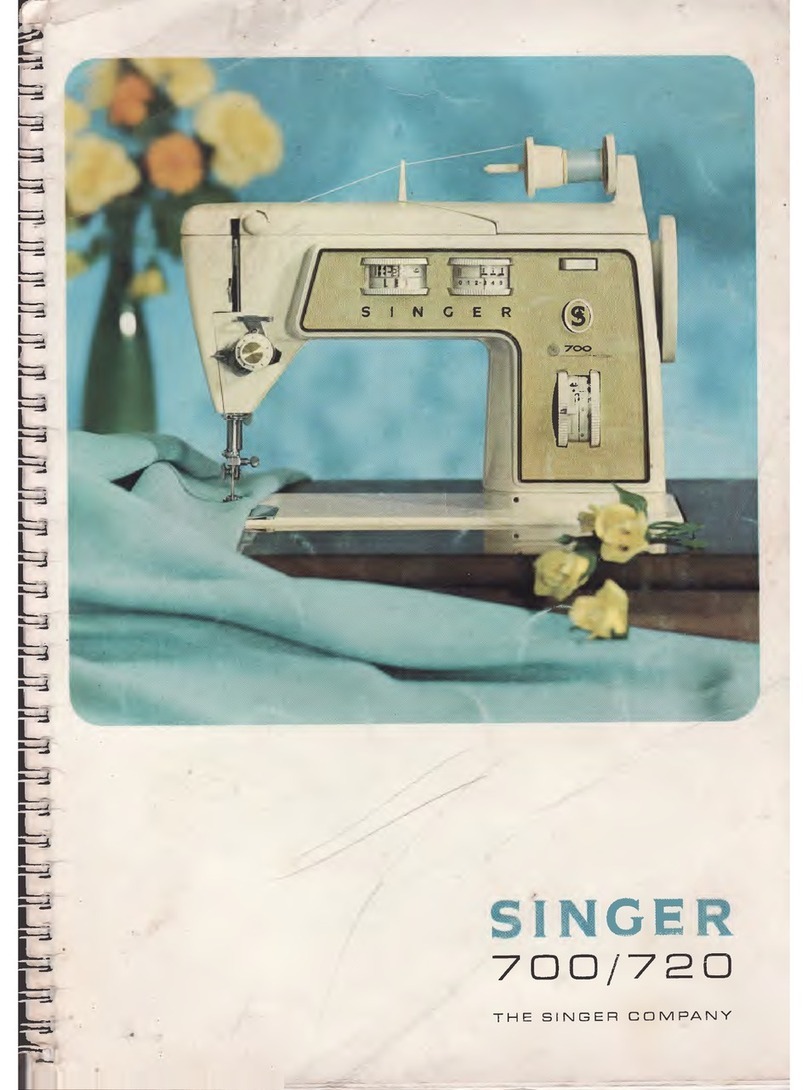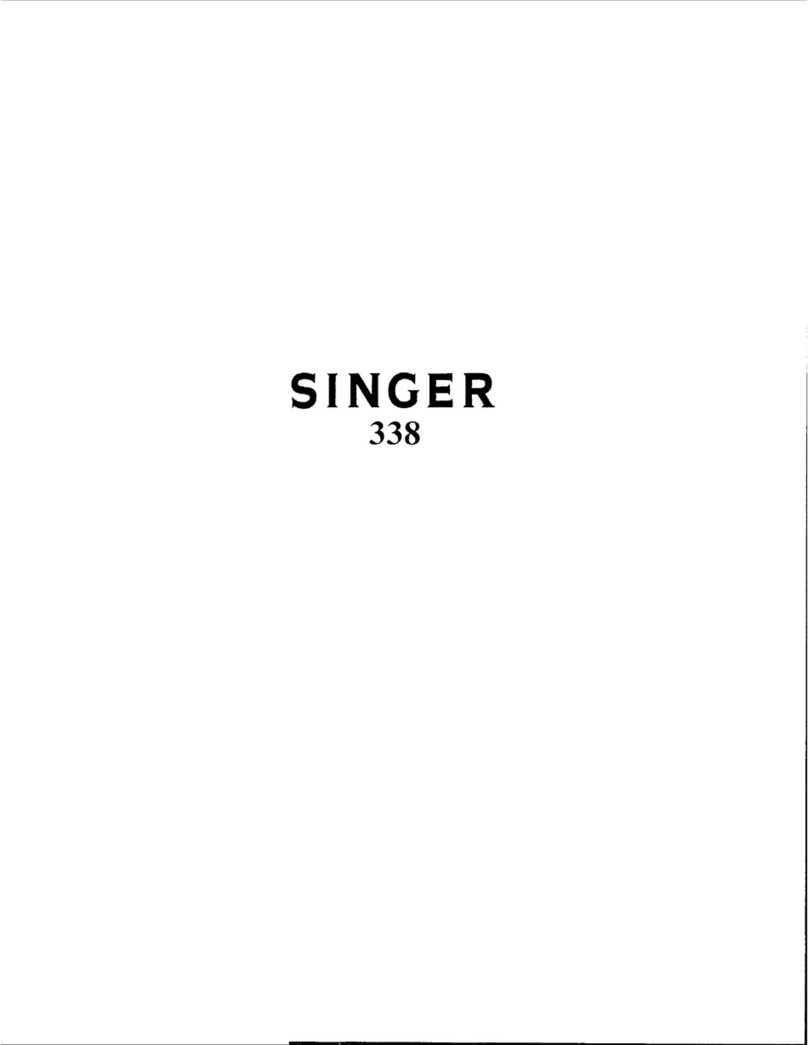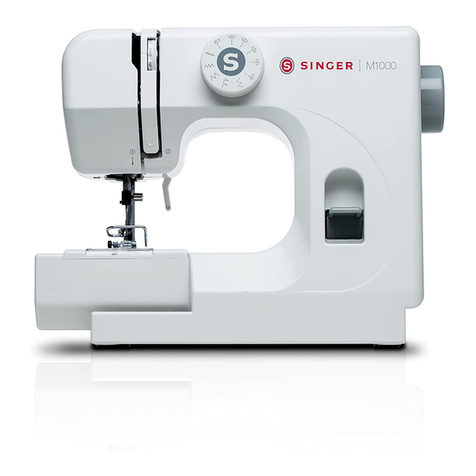Singer HEAVY DUTY 4423 User manual
Other Singer Sewing Machine manuals

Singer
Singer 451K21 User manual
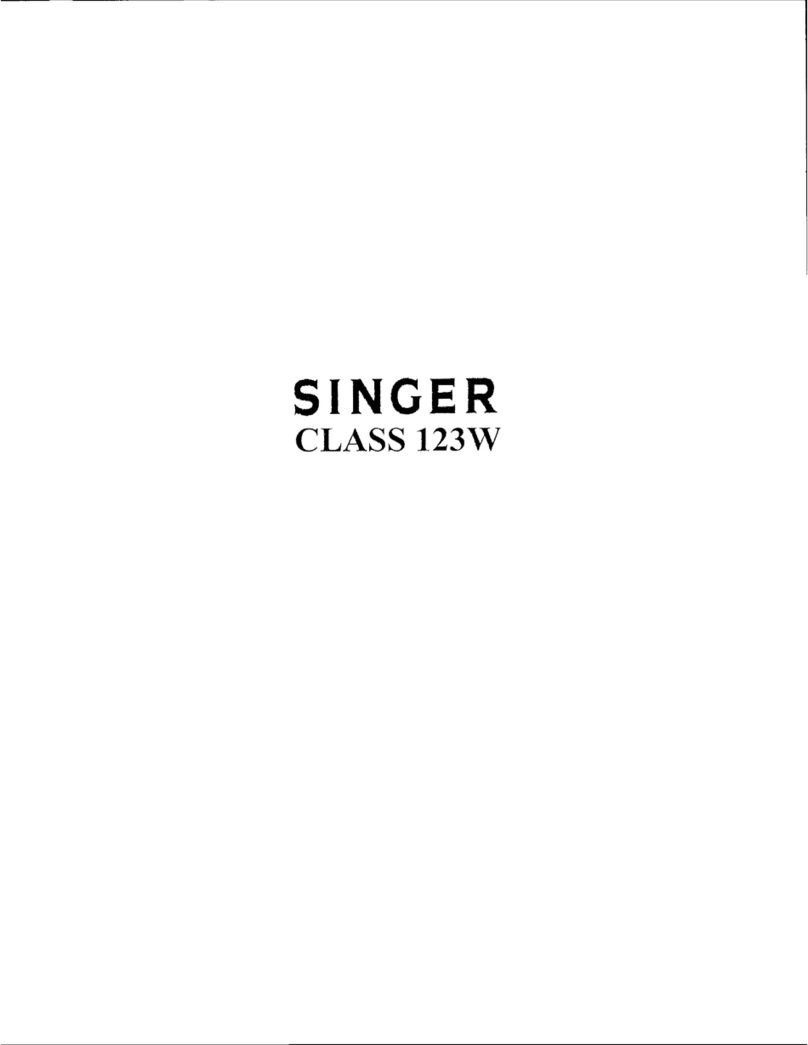
Singer
Singer 123W-1 Installation and operation manual
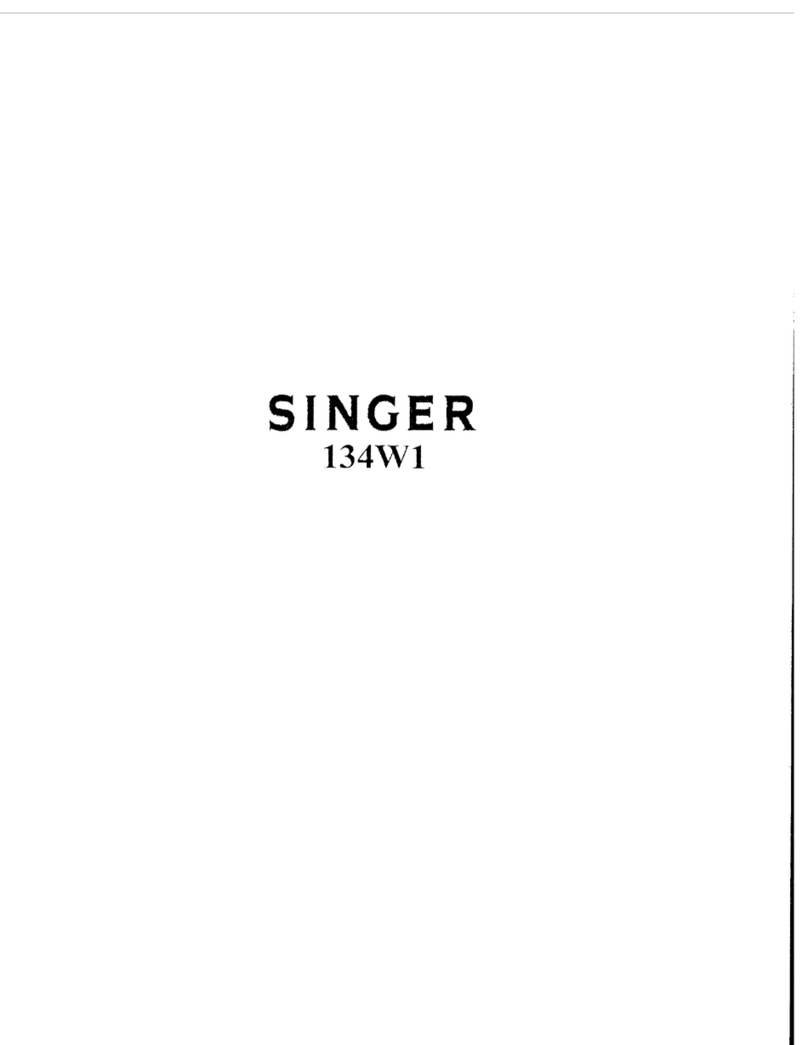
Singer
Singer 134W1 Quick start guide
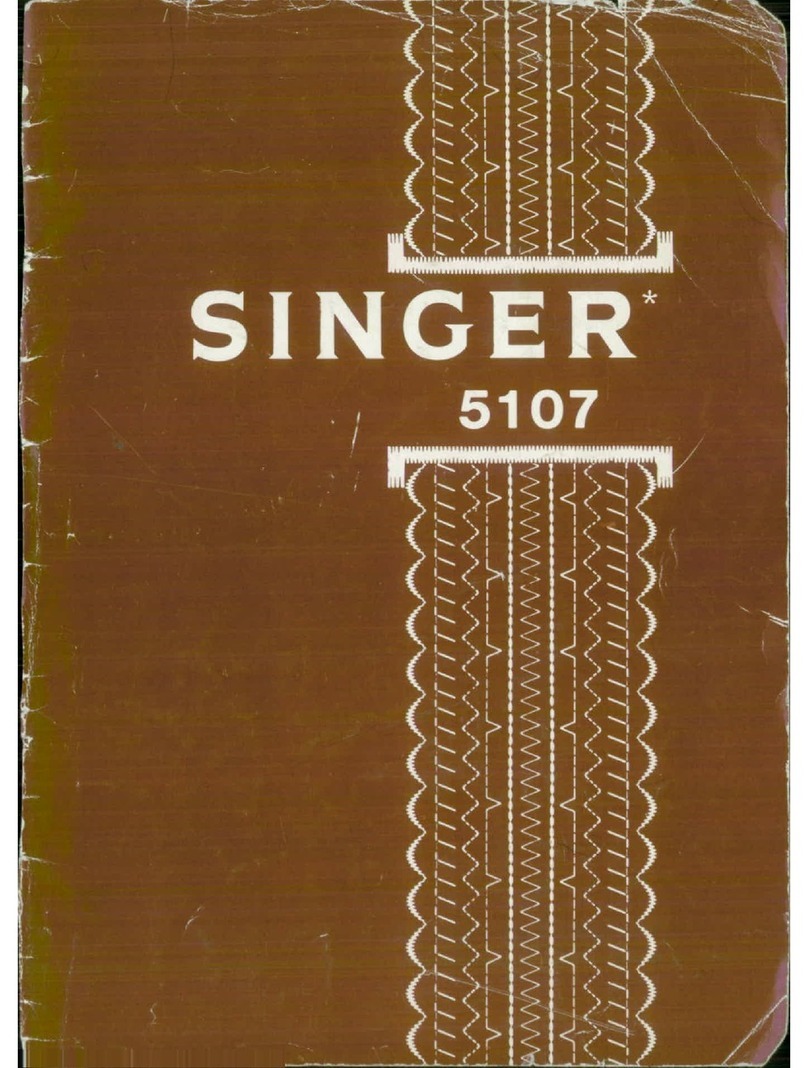
Singer
Singer 5107 User manual
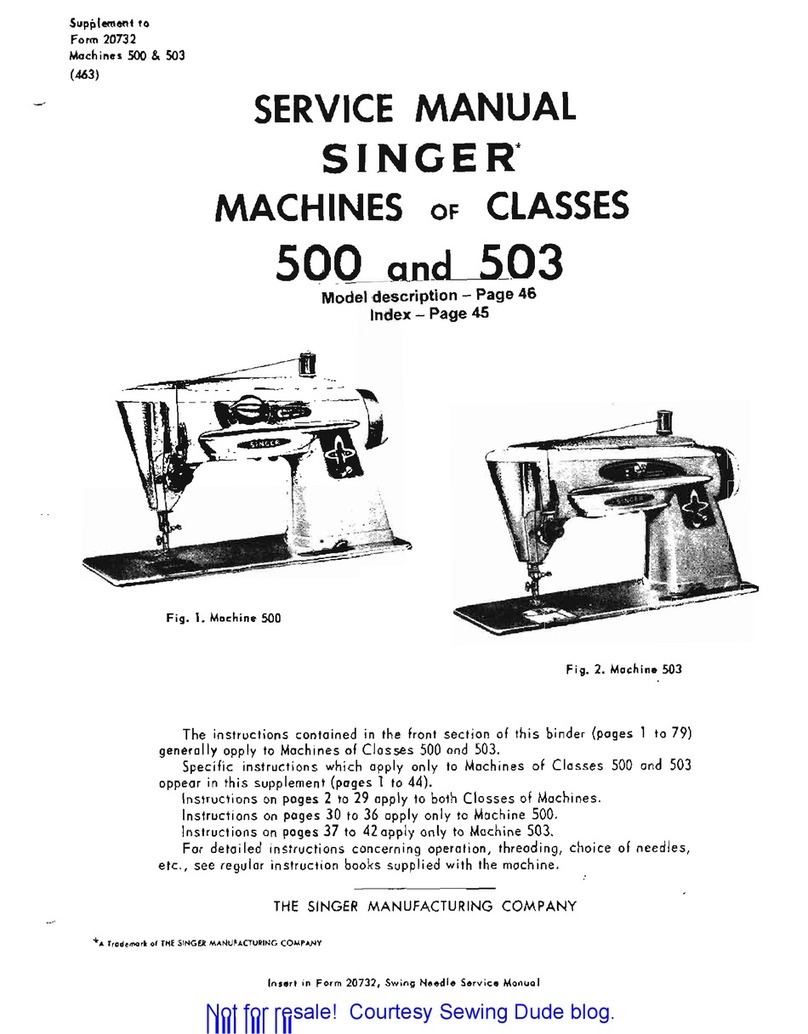
Singer
Singer 500 SERIES User manual
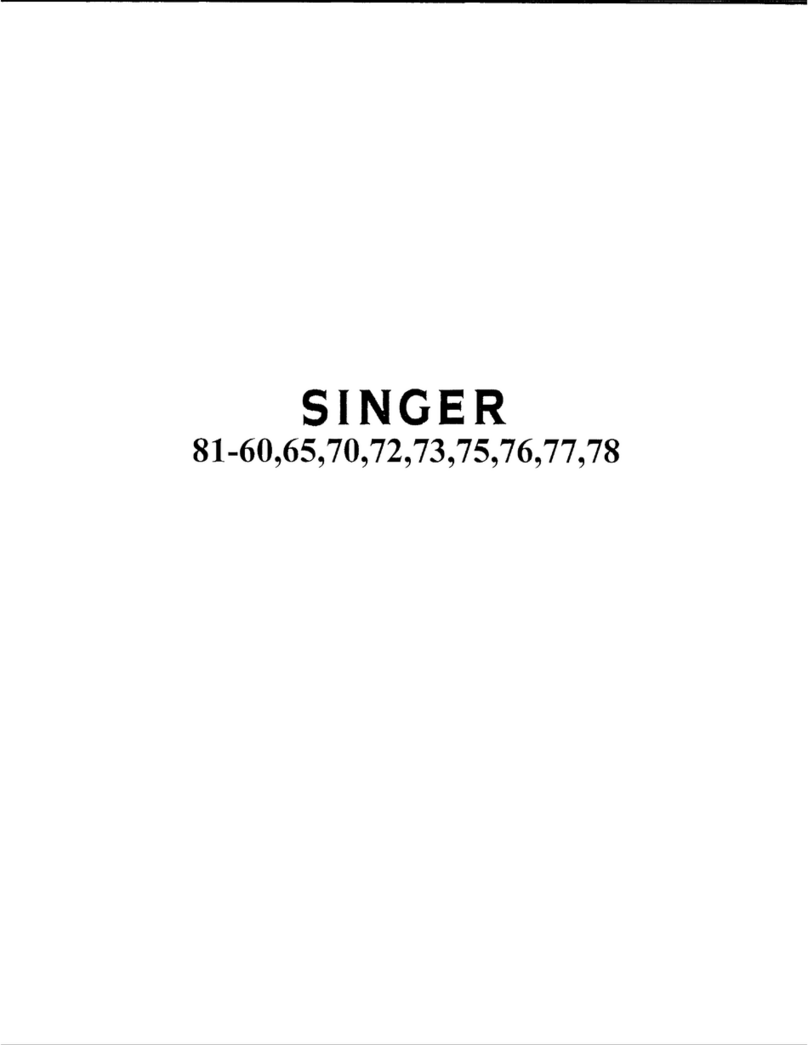
Singer
Singer 81-60 Quick start guide

Singer
Singer 400W15 User manual
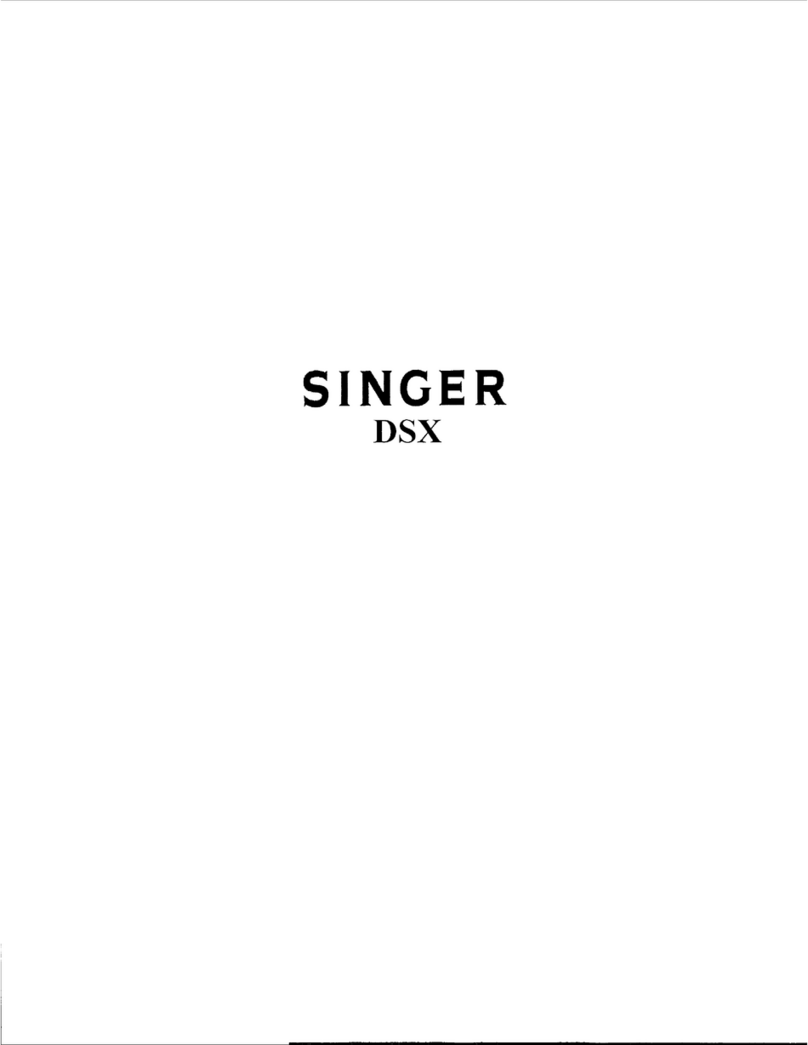
Singer
Singer DSX User manual
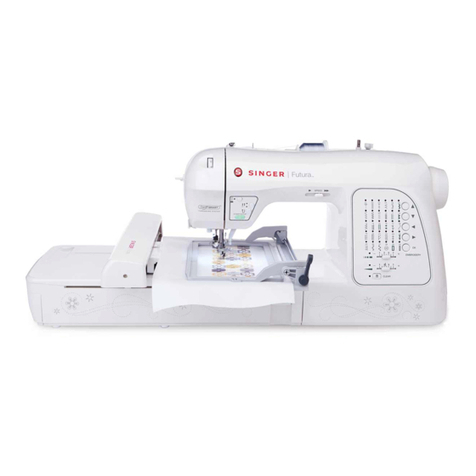
Singer
Singer XL-420 User manual

Singer
Singer 6660 User manual

Singer
Singer Vivo-1004 User manual
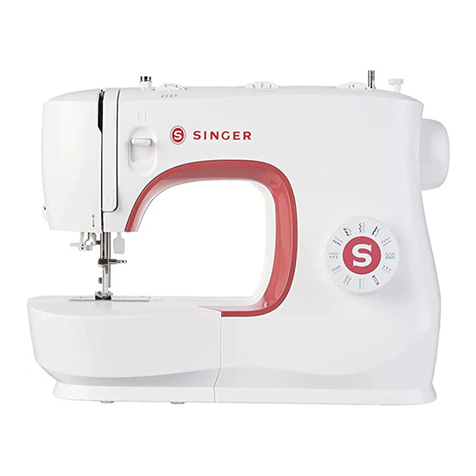
Singer
Singer MX231 User manual
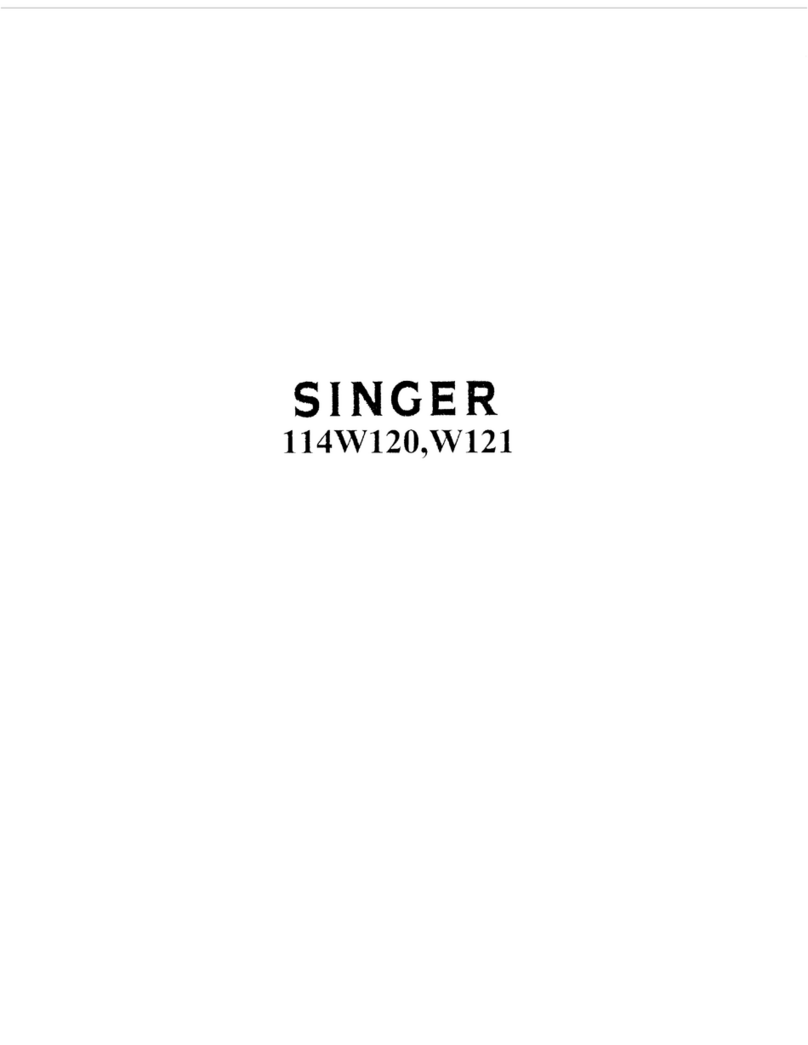
Singer
Singer 114W121 Installation and operation manual
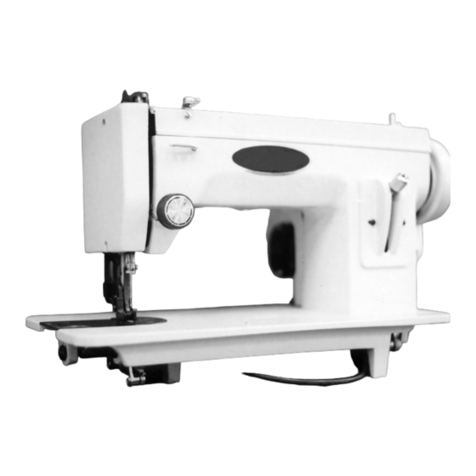
Singer
Singer Sewing Machine User manual
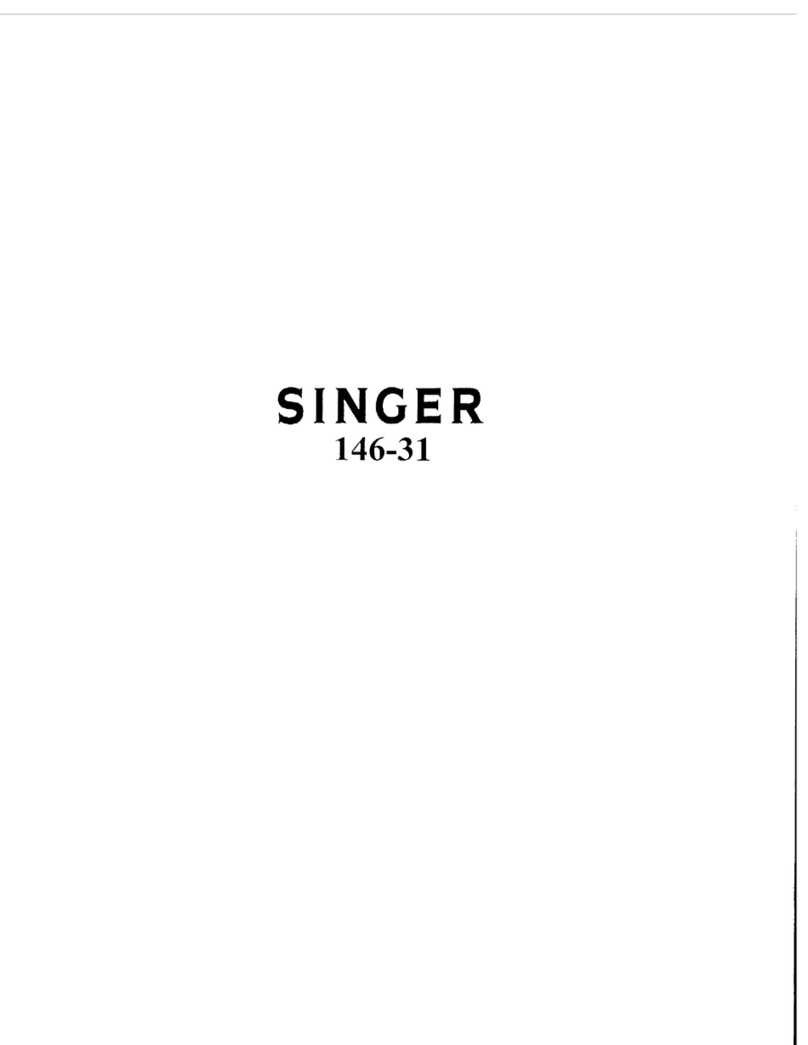
Singer
Singer 146-31 Quick start guide
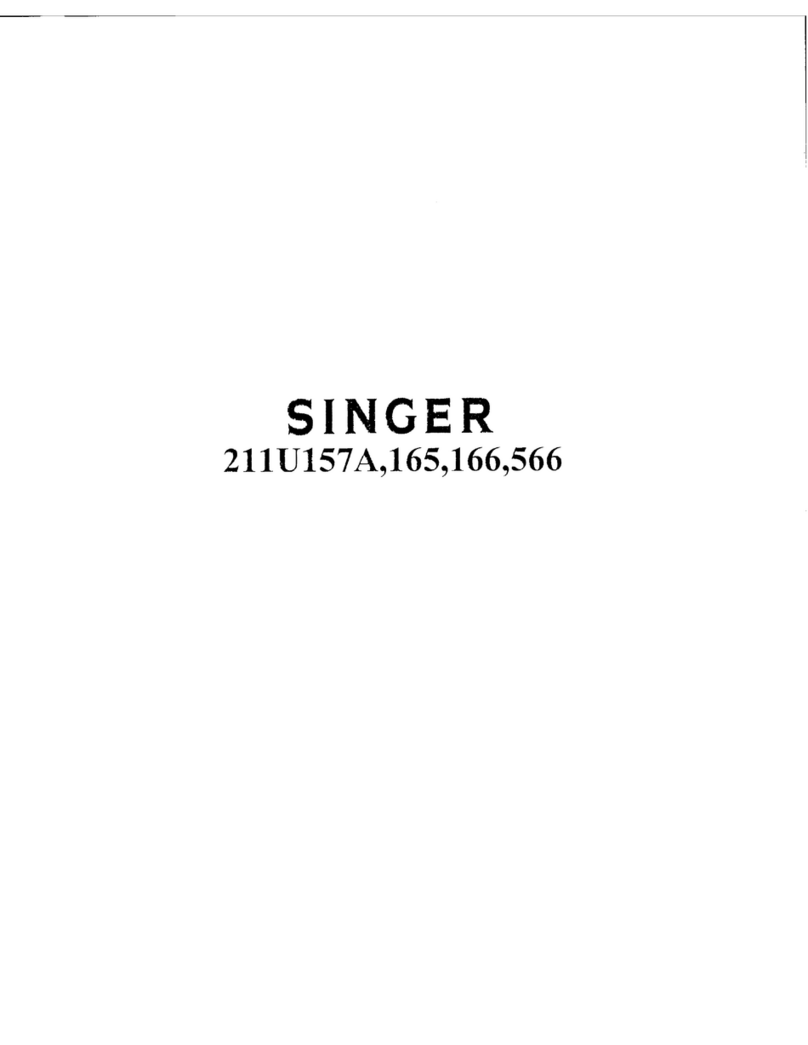
Singer
Singer 211U157A User manual
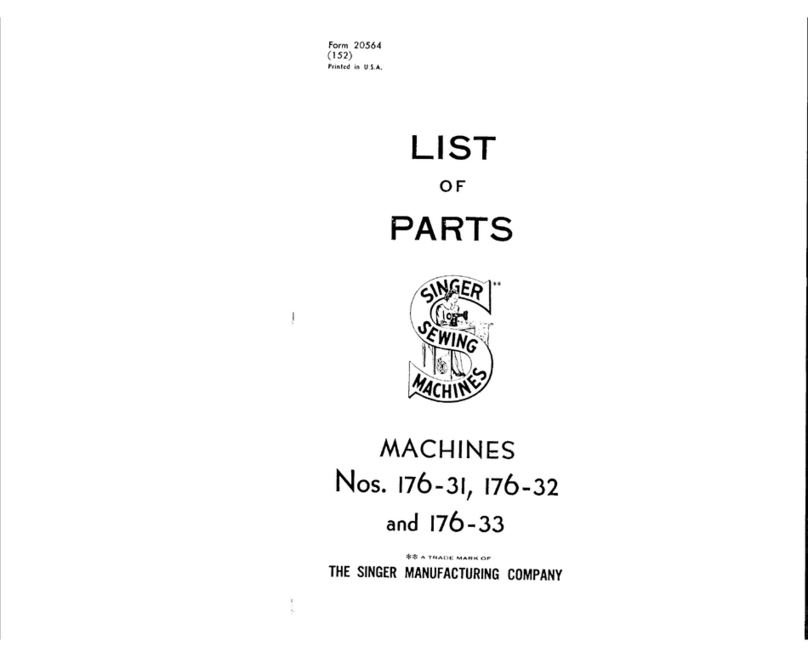
Singer
Singer 176-31 User manual
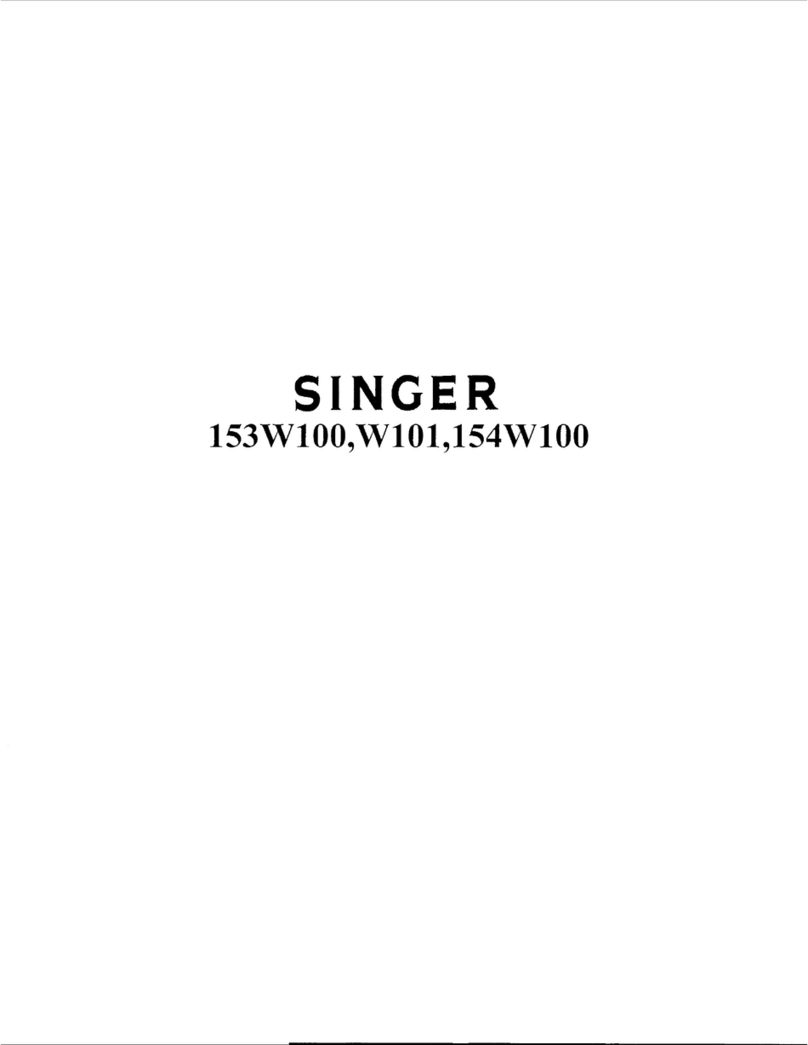
Singer
Singer 153W100 Quick start guide
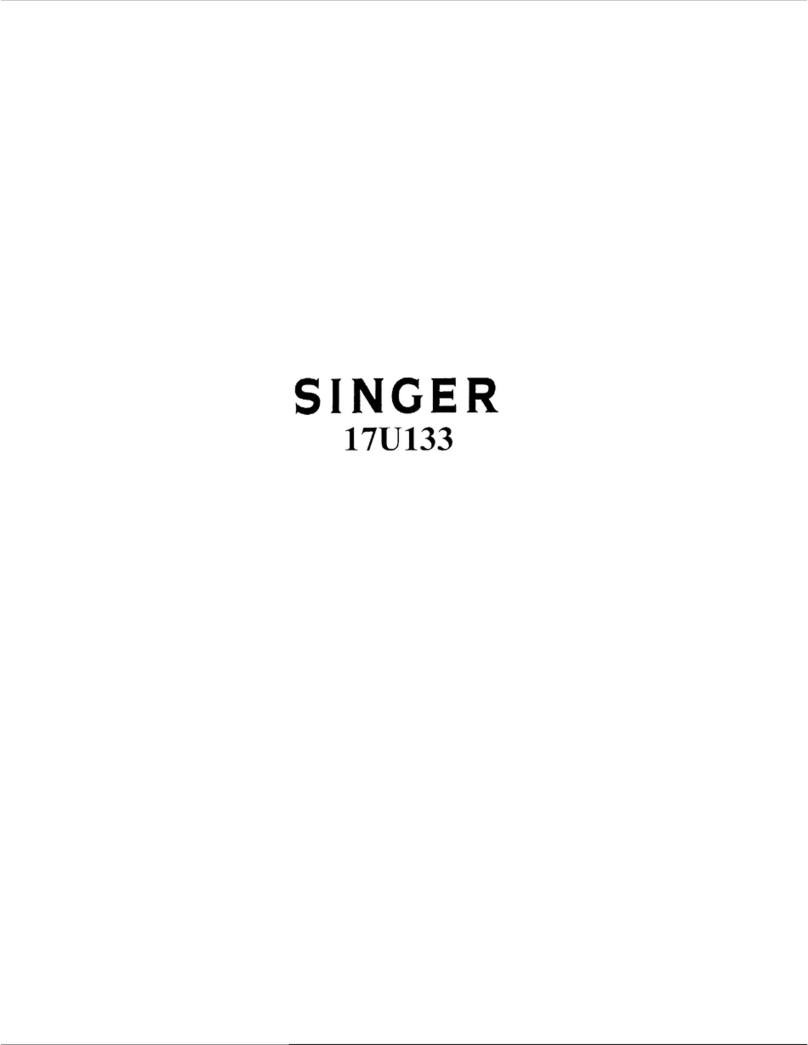
Singer
Singer 17U133 User manual

Singer
Singer 9340 User manual
